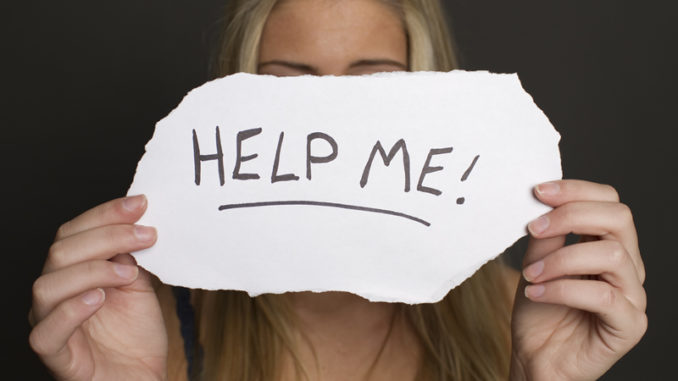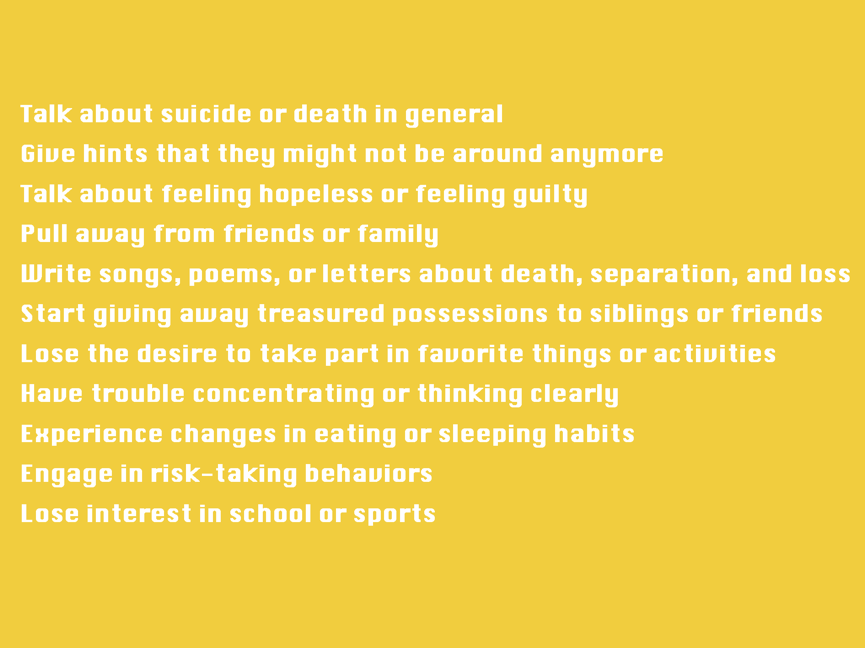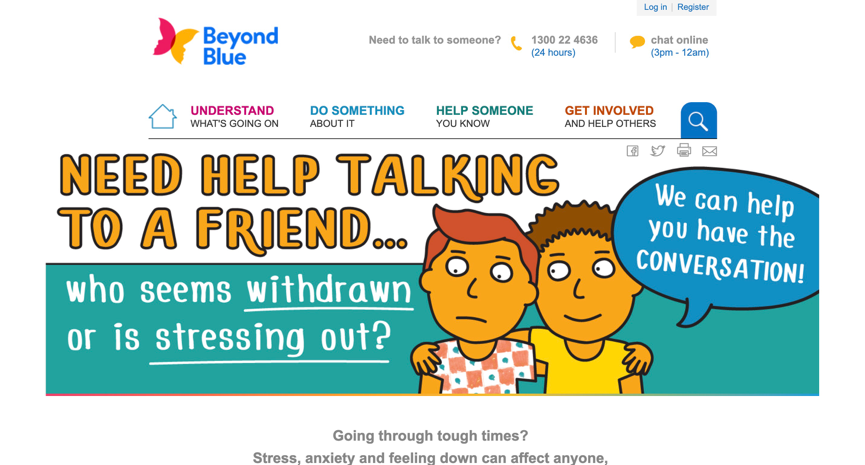
If suicide is the third leading cause of death for children aged 15-19, how can we help them get out of this dark situation?
Currently, suicide is considered a public health crisis in Australia and around the world. It is the most common cause of death in Australians aged 15-44, and even more surprisingly, suicide is more common than motor vehicle accidents or skin cancer deaths.
However, if you want to help combat this problem, you first need to learn how you can aid people young people who are experiencing mental illness.
Do you really know the mental illness?
Many people think that mental illness can be observed through very obvious features, but the reality is far from this.
Mental illness refers to a general term for diseases in which the incidence of brain function is disordered, leading to different levels of mental activity such as cognition, emotion, behaviour, and will.
There are many factors involved: congenital inheritance, personality characteristics and physical factors, organic factors, and social environmental factors.
Some people experience symptoms such as delusions, hallucinations, delusions, emotional disorders, crying and laughing, self-talk, strange behaviour, and decreased will. However some common conditions like depression and anxiety are difficult to observe, as people experiencing them may exhibit perfectly normal behaviour.
The image below summarizes the range of mental illnesses, including phobias and eating disorders, schizophrenia and bipolar disorder.

Suicidal feelings are only one response to mental illness, but can affect teens more profoundly than adults due to their particular stage of physiological, personal and emotional development.
Teenagers need more help dealing with mental illness
Adolescence is a transition from childhood to adulthood. The physical, sexual, endocrine and psychological aspects of teem bodies undergo tremendous changes. Cognitive function develops, and beliefs and worldviews gradually form. Adolescence is the stage in which children’s minds are shaped.
At this stage, when their physical and psychological development reaches a certain stage, teenagers may experience self-identification problems.
They will start to think about their value as a person and whether they have value in others’ minds. For young people, this stage of life requires guidance from adults or some help from peers. Many people feeling depressed or anxious at this time may lack self-awareness, or will not admit that they are unwell, and may not actively seek the help of doctors.
How to help those teenagers?
How to identify “potential signals” is critical.
As the Blackdog Institute argues, for teenagers with mental illness, relatives and close friends are most helpful to them, and the premise of providing assistance is to discover in advance the possibility of mental illness in variations form adolescents’ normal behaviour. Some of the clues you might look for are listed below.

If you don’t know how to help, ask professional organisations or agencies for help:
- Lifeline Australia – 13 11 14
- Kids Helpline – 1800 55 1800
- MensLine Australia – 1300 78 99 78
- Suicide Call Back Service – 1300 659 467
- Beyond Blue – 1300 22 4636
- Open Arms – Veterans & Families Counselling – 1800 011 046
Among the causes of mental illness among adolescents, school violence and a bad family environment such as incomplete family structure, are two of the more frequent occurrences. To a certain extent, these two categories are also difficult to be solved by the care of relatives.
School violence mainly occurs among adolescents. And bullying can have lasting effects on a person’s mental health: according to research published in JAMA Psychiatry, scientists have found strong evidence that being bullied as a child puts children at high risk for depression.
Study researcher Laura Bogart said, “bullying needs to be addressed immediately and early”.
As relatives, it is difficult to understand the causes and find solutions. Therefore, it requires the involvement of experienced professional organisations.
Research by Lucas, Nicholson, and Erbas suggests that the mental health status of children aged 8-9 years in separated families is lower than that of children in happy or well-adjusted families. It can be harder for parents who are separated to act as a guide for their children and to help young people overcome psychological problems.
“the miracle it was your dream it’s not my dream, I don’t see it nothing”, Zakari shouted to her mother.
How does the state offer help?
Recently, the federal Coalition has proposed to invest in mental health initiatives to help better explore solutions to youth suicide as well.
According to the statistics from the World Health Organization (WHO), it is estimated that 10-20% of adolescents worldwide suffer from mental health problems, but there are deficiencies in diagnosis and treatment.
In Australia, according to the latest National mental health report, the state’s investment in mental health care has grown significantly, and For Australian residents, psychological problems can be resolved more quickly and comprehensively.
For adolescents, many organizations have dedicated web pages and phone calls for young people’s psychological problems in order to provide more specific and targeted help.

How can the media offer help?
“Australian media and communications professionals have an important role to play in influencing social attitudes and perceptions of suicide”, said Mr. Marc Bryant, program manager of Everymind.
The media needs to make the public understand and pay attention to mental illness through its reporting. However, how to make the articles attractive without causing harm to patients with mental illness is a difficult problem to deal with.
Mr. Marc Bryant, a suicide prevention program manager of Everymind, gave some tips for the journalists:
Before writing a report:
- Coverage of suicide by a celebrity can glamourise and normalise suicide, with research showing it can prompt imitation by vulnerable people.
- Ensure the death is confirmed by official sources as a suicide before reporting. This may help reduce speculation.
- Ensure the story does not glamourise suicide or provide specific details about the method or location of death. Focus on the wastefulness of the death, its impact on family and friends and general risk factors for suicide.
- Be mindful that reports about the death may come up in other contexts (another celebrity death) or around a significant date (movie release, anniversary, etc). Care should be taken each time the death is reported or referred to.
In a report:
- Minimise detailed description of methods.
- Ensure accuracy and context.
- Minimise use of language that stigmatises suicide, and that might project suicide as a desirable act
- Add 24/7 crisis support services to youth-related service such as Kids Helpline, e-headspace.
“Media have a role in producing stories that reduce harm but also provide education on pathways to early intervention and crisis support”.
Good stories about tackling youth suicide are not just about serving the public interest, but about making positive changes to society.





Be the first to comment